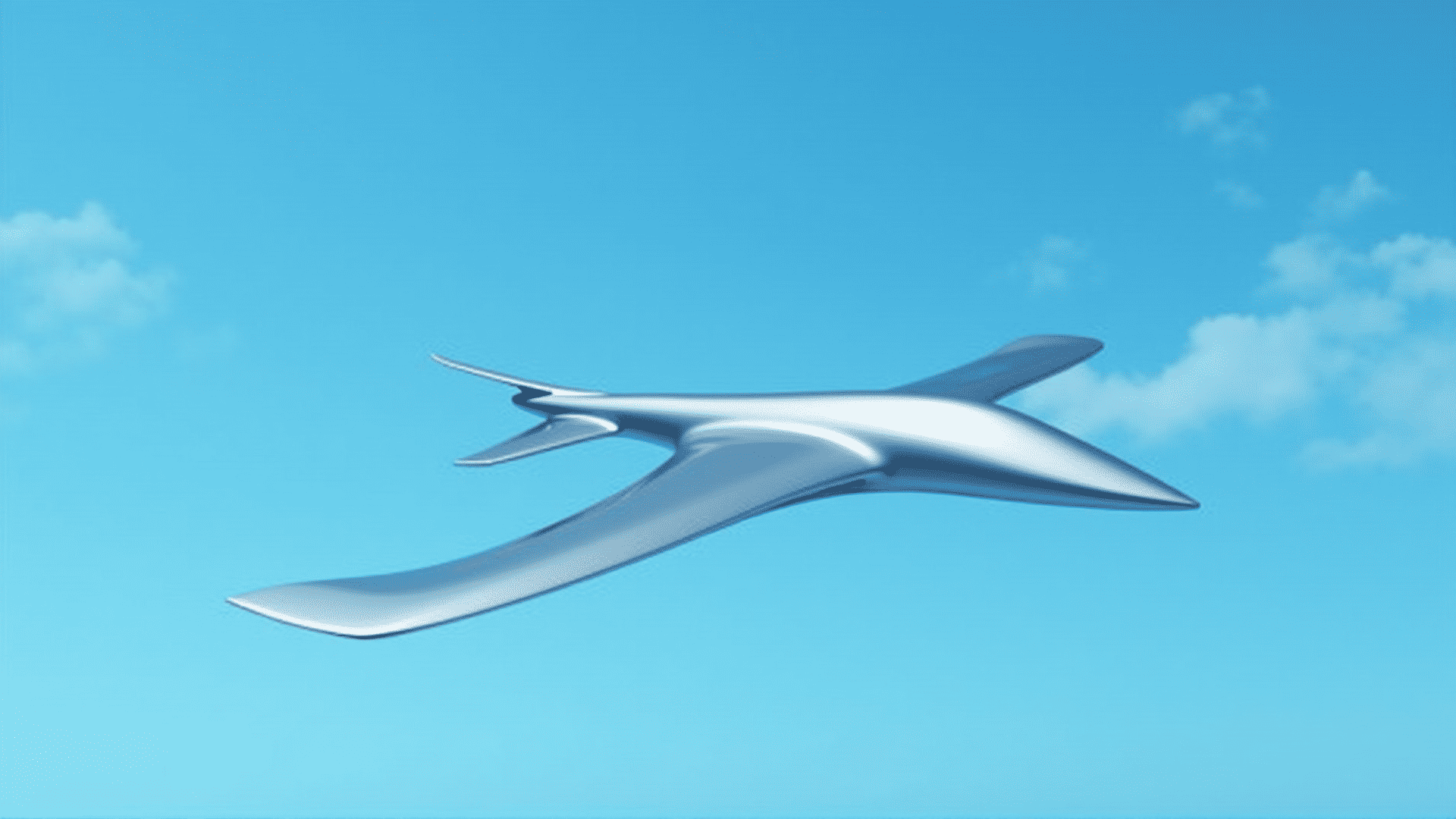In the ever-evolving world of aviation, the quest for improving performance and efficiency is a relentless pursuit. At the heart of this endeavor lies aerodynamic design, a field that holds the potential to revolutionize aircraft by integrating sleek and efficient forms, enabling them to soar with unmatched prowess.
Aerodynamics, the study of how air interacts with solid objects, is a foundational element in aircraft design. It plays a critical role in reducing drag and improving lift, two forces that directly impact an aircraft's performance, fuel efficiency, and environmental footprint. Traditional aircraft designs, while functional, often face limitations in these areas due to outdated concepts and technologies. However, recent advancements in materials science, computational fluid dynamics (CFD), and robotics have paved the way for groundbreaking innovations in aerodynamic design.
At the core of these innovations is the pursuit of reducing drag, which is the resistance that air exerts against an aircraft's motion. Traditional aircraft tend to experience significant drag due to their relatively blunt shapes and exposed surfaces. Modern aerodynamic designs seek to minimize these impediments by introducing sleeker contours and smoother surfaces. Streamlining the fuselage and optimizing wing designs are critical steps in this process. For instance, tapered winglets and blended wing-body configurations have demonstrated tangible improvements in drag reduction and overall fuel efficiency.
Furthermore, the integration of advanced materials is revolutionizing aerodynamic design. New composites and alloys offer lightweight yet robust alternatives to traditional materials, enabling designers to create thinner and more aerodynamic profiles without sacrificing structural integrity. Additionally, these materials often possess superior performance characteristics, such as resistance to corrosion and fatigue, further enhancing the aircraft's longevity and operational capacity.
Another frontier in aerodynamic innovation is the utilization of computational fluid dynamics (CFD) simulations. These powerful tools allow engineers to model and analyze airflows around conceptual designs before a single prototype is built. CFD facilitates the exploration of numerous design configurations, helping engineers identify optimal shapes that yield minimal aerodynamic drag and maximum lift. This reduces the time and cost associated with physical testing, accelerating development processes and enabling the rapid iteration of designs.
Furthermore, digital twins—advanced, virtual replicas of physical aircraft—take CFD a step further by simulating real-world operating conditions. This technology allows for a more precise evaluation of aerodynamic performance, supporting the continuous refinement of design principles.
Finally, biomimicry, the practice of drawing inspiration from nature, is playing an increasingly prominent role in aerodynamic design. Engineers study birds, insects, and marine animals to emulate their efficient natural forms. For instance, the leading edges of wings and control surfaces are being designed to mimic the scalloped structures found in birds of prey, which reduce noise and improve aerodynamic efficiency.
An exciting offshoot of biomimetic design is the development of morphing structures. These adaptive surfaces can change shape in flight to optimize performance across different flight phases. Inspired by the adaptability of bird wings, these morphing surfaces, made possible by smart materials and advanced actuators, promise to enhance aircraft agility, fuel efficiency, and even noise reduction.
As we continue to push the boundaries of what's possible in aviation, sleek, efficient, and aerodynamic designs are setting a new standard for performance. By harnessing the latest advancements in technology and materials, the next generation of aircraft promises not only to revolutionize how we travel but also do so with a reduced environmental impact. This transformation in aerodynamic design underscores the aviation industry's commitment to a sustainable, high-performance future.
